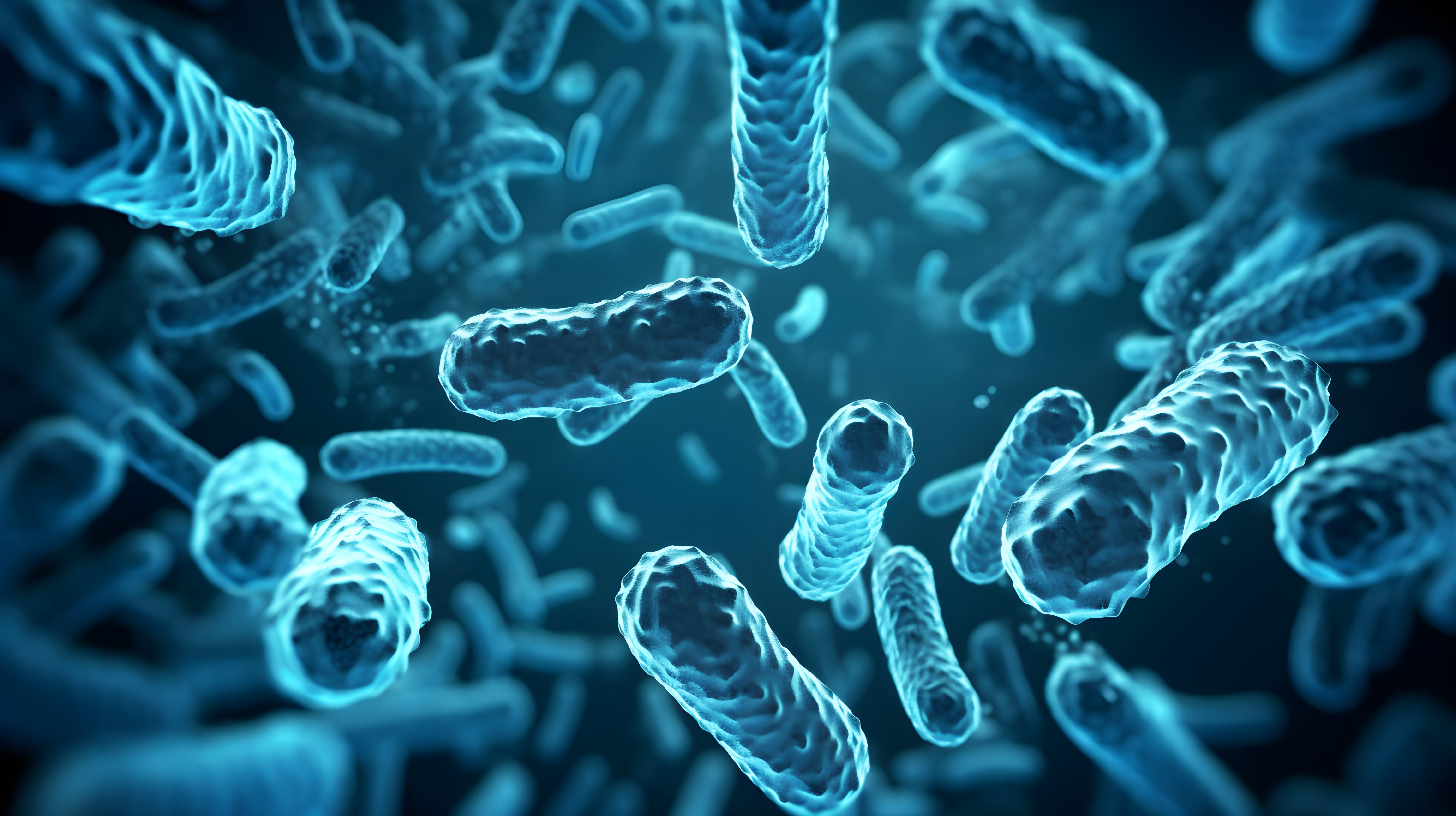BS 8580-1:2019 Legionella Risk Assessment for food and beverage manufacturers
WCS Group’s James Greenwood explains what the latest update to British Standard 8580-1 means for Food and Beverage manufacturers.
The main British Standard that deals with Legionella risk assessments has been updated and is now called BS 8580-1:2019. Previous incarnations of the standard didn’t apply to food processing facilities, but this update includes an annexe that now applies to food manufacturing facilities that use pasteurization equipment.
Annexe E6 of BS 8580-1:2019 stipulates:
“Since a pasteuriser uses or stores water which can create an aerosol, these systems require Legionella Risk Assessment and control programmes to be implemented. It is recommended that the assessor reviews all mechanical, operational and chemical aspects of control to include inspections, cleaning procedures, water quality (corrosion, scaling and biocide), periods of extended stagnation (particularly at weekends or shutdown), results from monitoring, aerosol production and employee exposure.”
So what does this mean for food manufacturers? British Standards are important codes of practice that safeguard quality and safety standards. Facilities that operate food pasteurisers are now required to follow this code of practice to control the Legionella threat and prevent a Legionella outbreak.
Legionella is an ever-present threat in all water systems. Even pre-treated mains water from your local water authority can contain small numbers of Legionella bacteria. A low count of Legionella bacteria is unlikely to cause harm, but given suitable water conditions that stimulate its growth, the bacteria can quickly multiply to harmful levels.
Given ideal system conditions, Legionella bacteria can double in volume every two hours. In just 48 hours, the bacteria count can reach incredibly high numbers. Water that sits between 20 and 45°C for long enough will provide ideal conditions for Legionella growth. Legionella bacteria can be killed off by raising water temperature above 50 degrees, but even then, the bacteria can survive for a couple of hours at this temperature.
Scale, slime and general fouling can increase when water is recirculated within a water system which will provide nutrients to further stimulate the growth of the bacteria. Further fouling can occur from food or beverage produce leaking into the water supply and this can further amplify Legionella growth.
Legionella bacteria needs to be regarded as a periodically present hazard that must be controlled. If there is opportunity for contaminated water to become aerosolised through a steam, mist or spray from the water system, any person inhaling an airborne water droplet could become infected with deadly Legionnaires’ disease.
The Legionella threat in pasteurisation
The updated British Standard recognises that while the need for pasteurising in food processing is to kill off bacteria in the produce, the pasteurising process has the potential to promote Legionella growth in the water system because it takes the produce through various heat cycles, followed by cooling cycles, which rely on water as the temperature source.
Pasteurisers can use a series of pools of water – each with its own temperature band – to progressively heat product up to optimum temperature. Once the product has reached that optimum temperature, it must then be cooled in preparation for packaging and distribution. The cooling process takes the product through another series of water pools, this time gradually cooling the product through different temperature bands.
In both the heating and cooling processes, some of these pools will be in within the temperature band that stimulates Legionella growth. Typically, pools that sit at the same temperature in both the heating and cooling process will be linked, using the same water. Food pasteurisers will often be set up to recirculate and reheat the same water throughout a finite number of heating and cooling cycles to maximise water efficiency, but this also heightens the Legionella risk.
Once process water has been through a number of cooling cycles, it might then be circulated to a cooling tower. Cooling towers can discharge water aerosol through its normal operation especially should there be a problem with its drift eliminators. This may provide opportunity for Legionella bacteria to become airborne.
Food pasteurisers are typically enclosed systems although there are many designs, so each will require a specific risk assessment. Some will be immersion systems while others will spray water onto the produce. As these are generally closed systems, workers probably won’t be exposed to the process water during normal operation. But entering a pasteurisation unit for cleaning purposes could result in contact with the process water.
Effective control measures
To operate in line with BS 8580-1 and safeguard your water system against the Legionella threat, a prevention strategy should be put into place. This should begin with somebody at board level taking responsibility and assembling a team to manage water quality, risk assessment, monitoring and periodic reviews of the water system.
From risk assessment perspective, there should be a clear understanding of normal system operation so that foreseeable risks from the system can be assessed. The risk of cross contamination of associated systems such as cooling towers must also be considered. This is especially relevant if the pasteurising water is recirculated through an evaporative cooling system.
A Safe Systems at Work programme should be put in place to prevent exposure to aerosolised Legionella. Good communication across departments will be essential if different departments look after different assets within the process. A sound understanding of the entire system and the implication of potential failures must be shared throughout those involved, along with what to do during normal operation and in emergency situations.
A risk management programme must be implemented to satisfy the actions identified by risk assessment. This will most likely include list of tasks delegated to specific individuals and communication procedures.
External expertise provides peace of mind
By engaging with a water management provider that demonstrates expertise in Legionella control, Food and Beverage businesses can rest in the knowledge that the threat is being managed effectively. The right provider will be able to offer a full suite of services around Legionella control, from the latest water treatment innovations such as solid chemical dosing and PTSA tagging, to rapid on-site testing, full assessment programmes and fast remedial action.
About WCS Group
WCS Group is the UK’s largest water treatment, Legionella control and wastewater specialist helping companies with water management across the water lifecycle. SafeCare is their Risk Assessment programme which quantifies risk by site, by operating standard by asset type by industry and regulation.
WCS Group work with over 300 Food and Beverage companies advising on water treatment, water hygiene, Legionella control, water lifecycle, waste-to-energy and how to optimise water and energy usage while creating competitive advantage and demonstrable safety and compliance.
Topics: Legionella Control

Written by Jon Greaves
Jon has progressively worked through operational roles, account management, technical management, and senior management roles over the last 16 years within one of the group companies before moving into the role of Water and Air Managing Director. Jon has experience across multiple sectors of water and air compliance, including district energy networks; data centres; healthcare; food and beverage and facilities management. Jon acted as a corresponding steering committee member on CIBSE CP1 – Heat Networks Code of Practice for the UK released in 2020.



